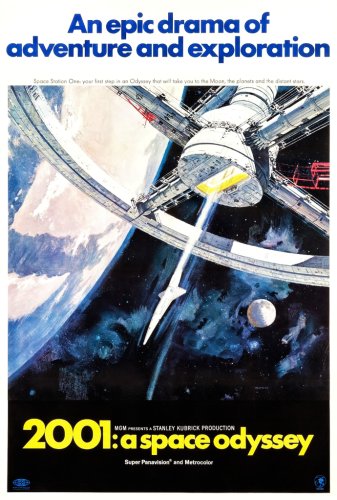| Fecha | Área | Bruto |
|---|---|---|
| 31 May 2016 | USA | USD 56,954,992 |
| 31 December 2001 | USA | USD 56,954,992 |
| 31 December 2001 | USA | USD 239,621 |
| 31 December 1977 | USA | USD 56,715,371 |
| 31 December 1970 | USA | USD 21,500,000 |
| 1968 | USA | USD 32,700,000 |
| USA | USD 56,954,992 | |
| 2010 | Worldwide | USD 190,700,000 |
| 1973 | Worldwide | USD 31,000,000 |
| Worldwide | USD 190,700,000 | |
| 31 December 1969 | Non-USA | USD 12,000,000 |
| Non-USA | USD 133,745,008 | |
| 18 March 2001 | Australia | USD 49,782 |
| 4 March 2001 | Germany | USD 165,590 |
| 16 May 2010 | Hong Kong | USD 2,978,768 |
| 20 December 2002 | Spain | EUR 1,871,524 |
| Fecha | Área | Bruto | Pantalla |
|---|---|---|---|
| 30 November 2014 | UK | GBP 69,567 | 19 |





